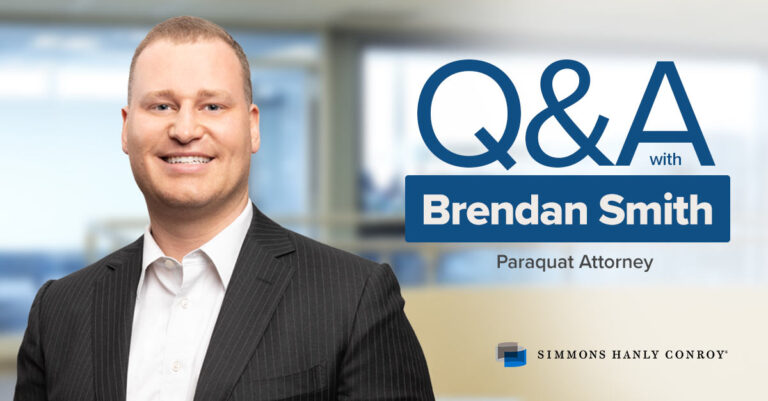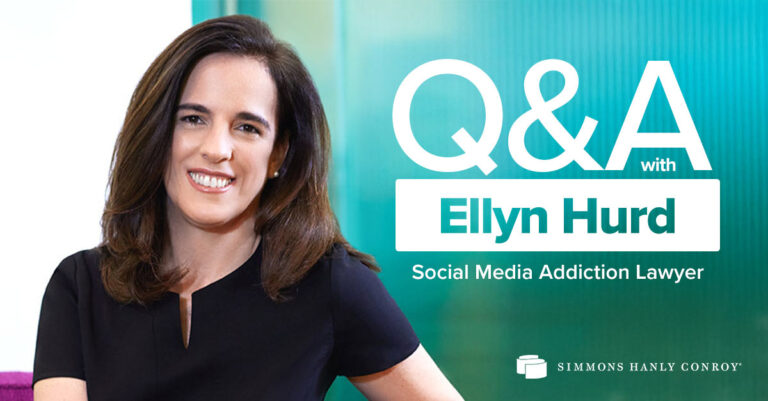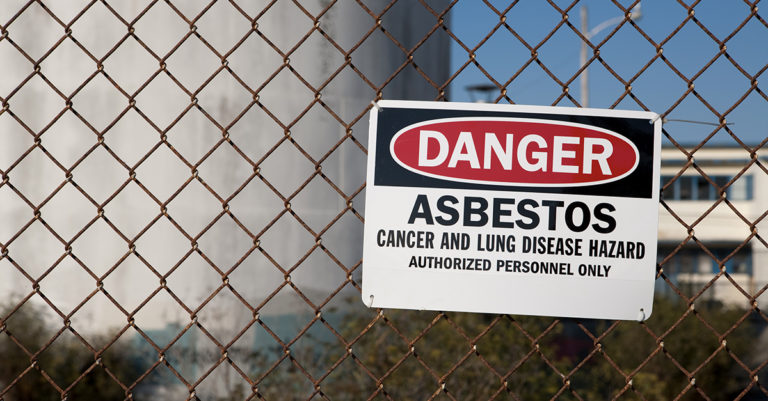Buried for 70 years, secret archives from six Catholic dioceses in Pennsylvania have now revealed cases of sexual abuse at a devastating and unprecedented scale, involving 300 “predator priests” and at least 1,000 child victims.
A Pennsylvania grand jury is “certain,” however, the actual number of survivors could be in the several thousands. While some survivors might have been too afraid to come forward, others’ cases might never have been recorded. When church officials were faced with these numbers, they did worse than nothing, the grand jury reported. In fact: “They hid it all. For decades. Monsignors, auxiliary bishops, bishops, archbishops, cardinals have mostly been protected; many … have been promoted,” reads a report the grand jury published earlier last month.
Over the years, many abusers have succeeded in persuading law enforcement to back off and survivors to stay quiet, according to the report. Now, with the recent revelations of rampant clergy abuse, survivors hope a new chapter is beginning.
The Pennsylvania Catholic Church and Child Abuse
The grand jury investigation, described as the largest ever into child sexual abuse in the U.S. Catholic Church, looked at clergy abuse dating back to 1947 – and with it, a systematic cover-up that went “all the way up to the Vatican.”
The report covered six of the eight dioceses in Pennsylvania, a state where one out of every four residents is Catholic. Grand jurors met for two years, reviewed 500,000 internal documents and heard testimony from dozens of survivors.
Boys and girls, teens, prepubescent children and younger priests alike were sexually abused by a host of different Catholic leaders, the report found. Some survivors were plied with alcohol. In other cases, church reports tried to minimize the abuse by using euphemisms like “inappropriate contact.”
“But all [cases] were brushed aside, in every part of the state, by church leaders who preferred to protect the abusers and their institution above all,” the grand jury reported, adding that many priests were allowed to stay in their ministries or given recommendations to work elsewhere.
So far, charges have been filed against only two priests. Both are accused of abusing minors. For more survivors to come forward, reform needs to happen in two areas: the statute’s age limit on suing for sexual abuse, and the church’s discouraging response.
The Scandal That’s Shaken the Church for 16 Years
This report comes as the Catholic Church tries to contain a recent explosion of clergy abuse claims.
Such claims against the Church began in 2002 in Boston, as the Boston Globe film “Spotlight” highlighted. In 2014, a breakthrough report from the Vatican (which knew about but declined to comment on the report) revealed that 848 priests were defrocked for sexually abusing children across the globe in the past decade. During that time, the U.S. Catholic Church alone spent almost $3 billion on settlements and support for both survivors and offenders.
Afraid for their reputations and protected by the Church, many of these offenders escaped public accountability. Even now, priests are denying the Pennsylvania cover-up.
Pennsylvania survivors spoke at a news conference after decades of wrestling with their faith. Some said they were relieved to finally be heard. For others, it was too little, too late: They had lost their opportunity to sue because of the too-narrow window that the statute grants them.
As Paul Hanly of law firm Simmons Hanly Conroy points out:
“Despite awareness of the frequency with which sex crimes against children occur and the long-term damage caused by such abuse, victims continue to face legal roadblocks when attempting to prosecute their cases. In our opinion, our criminal and civil justice system is failing our society by allowing legal technicalities to rob thousands of a chance for justice.”
The grand jury strongly recommended that the statute of limitations be extended so that older survivors have the opportunity to file sexual abuse lawsuits.
Meanwhile, it’s up to the Church to enforce newly enacted measures like the Charter, which “commits us to respond promptly and compassionately to survivors, report the abuse of minors, remove offenders and take ongoing action to prevent abuse.” After all, only systematic transparency will make survivors feel safe enough to speak up.
“We learned of these abusers directly from their dioceses, which we hope is a sign that the Church is finally changing its ways,” grand jurors reported. “And there may be more indictments in the future; investigation continues.”




